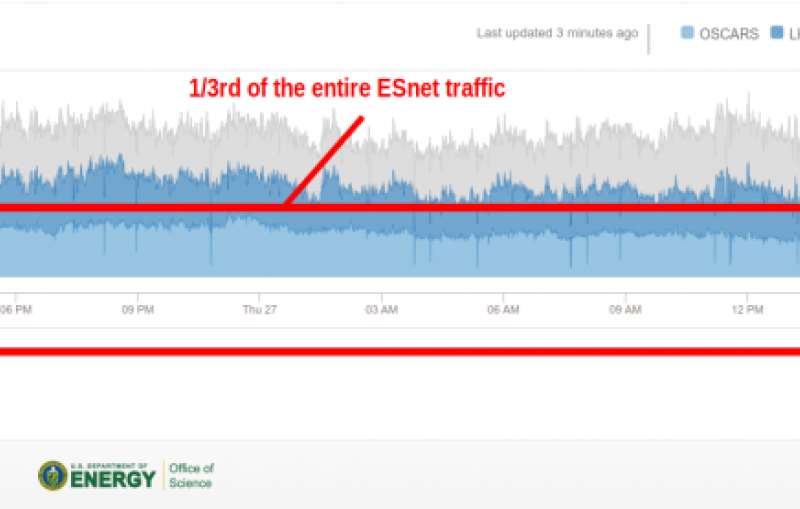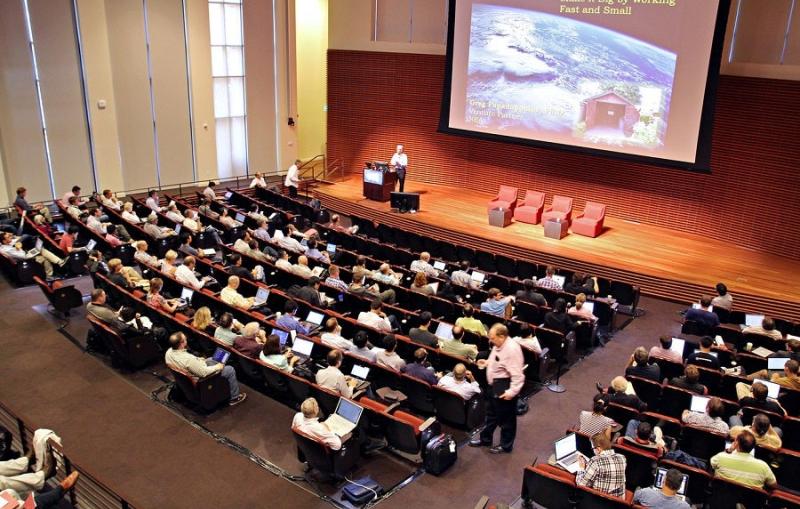SLAC’s Earliest Websites Reappear in ‘Stanford Wayback’
The Stanford University Libraries have launched the “Wayback” system – a Web archive that features SLAC’s earliest websites dating back to 1991.
The Stanford University Libraries have restored the earliest websites of the Department of Energy’s SLAC National Accelerator Laboratory and made them available to browse once again.
Dating back to 1991, SLAC’s websites were the first in North America and are among the oldest original content available on the Web.
They are the archival highlight of Stanford Wayback – an important component of Stanford University Libraries’ initiative to capture past, present and future Web content. The project was announced in time for the 20th anniversary meeting of the World Wide Web Consortium in Santa Clara from Oct. 27 to Oct. 31, which will also celebrate the 25th anniversary of the Web.
SLAC’s Pioneering Role in Making the Internet User-Friendly
The world’s first websites, which were merely a collection of a few links, may not have looked like much but they marked the beginning of today’s user-friendly and indispensable Internet.
Before the early 1990s, the Internet – an international network of computers – allowed only a relatively small number of people with advanced knowledge to share information. “Back then, the Internet was quite esoteric,” says SLAC physicist Tony Johnson, one of the lab’s Web pioneers. “You could find information using command line tools, but only if you knew how to do it. It certainly was not an easy endeavor for the average person.”
This began to change in 1989 when Tim Berners-Lee, a fellow at CERN, the European particle physics laboratory, developed the idea for the World Wide Web – a global network of browsable, hyperlinked documents containing multimedia content. “I first saw a demonstration of the Web at a conference in Southern France in 1991,” Johnson recalls. “I immediately thought that it would be a great way of sharing information on the Internet.”
This meeting inspired physicist Paul Kunz to install the first Web server outside of Europe at SLAC. The first websites, now brought back to life in Stanford’s Wayback system, were added between Dec. 6 and Dec. 12, 1991.
Safekeeping Historic Web Content in ‘Wayback’
With Wayback, Stanford is expanding its efforts to support the international community in preserving society’s Web history.
“The system lets you reconstruct how the Web looked in the past,” says Tony Navarrete, digital library services manager at Stanford. “You can view how a website has changed over time and follow the progression of how we evolved our use of the Web to share information.”
Gabrielle Karampelas, Stanford University Libraries’ director of communications and development, adds, “An increasing amount of information is shared via the Web these days, and some of it is exclusively stored online. Web archiving makes this content accessible for scholarly research and now provides access to all materials.”
Archived Web content such as SLAC’s first websites will eventually be blended into Stanford’s online library catalog, alongside books, articles and other materials.
Editor's note: Since publication of this article, Stanford University Libraries changed the name of their Web archive from Stanford Wayback to Stanford Web Archive Portal (SWAP).
For questions or comments, contact the SLAC Office of Communications at communications@slac.stanford.edu.
SLAC is a multi-program laboratory exploring frontier questions in photon science, astrophysics, particle physics and accelerator research. Located in Menlo Park, Calif., SLAC is operated by Stanford University for the U.S. Department of Energy's Office of Science.
SLAC National Accelerator Laboratory is supported by the Office of Science of the U.S. Department of Energy. The Office of Science is the single largest supporter of basic research in the physical sciences in the United States, and is working to address some of the most pressing challenges of our time. For more information, please visit science.energy.gov.
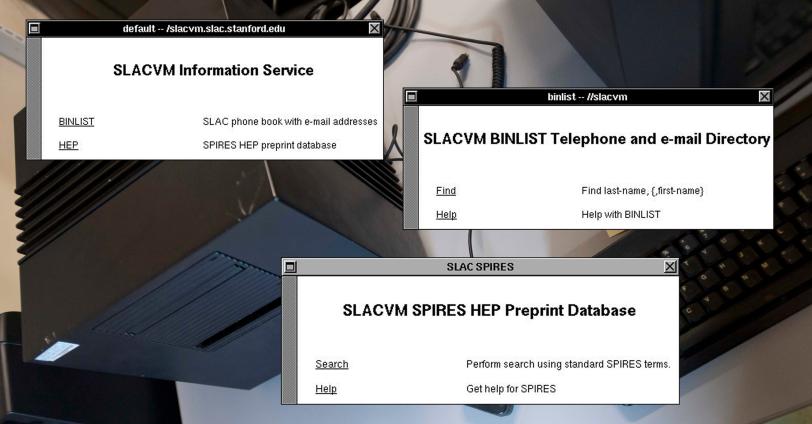

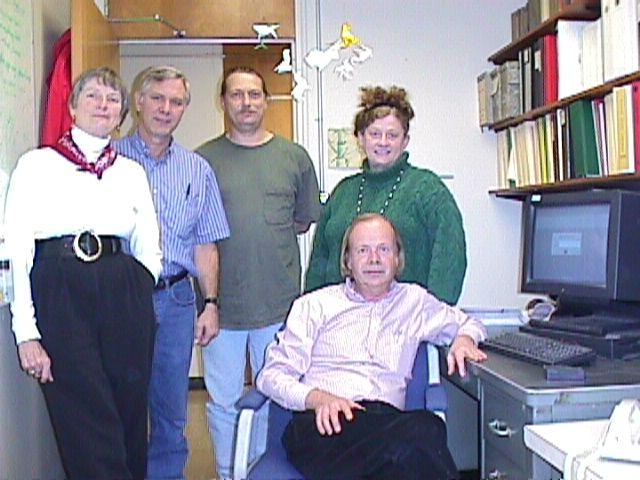
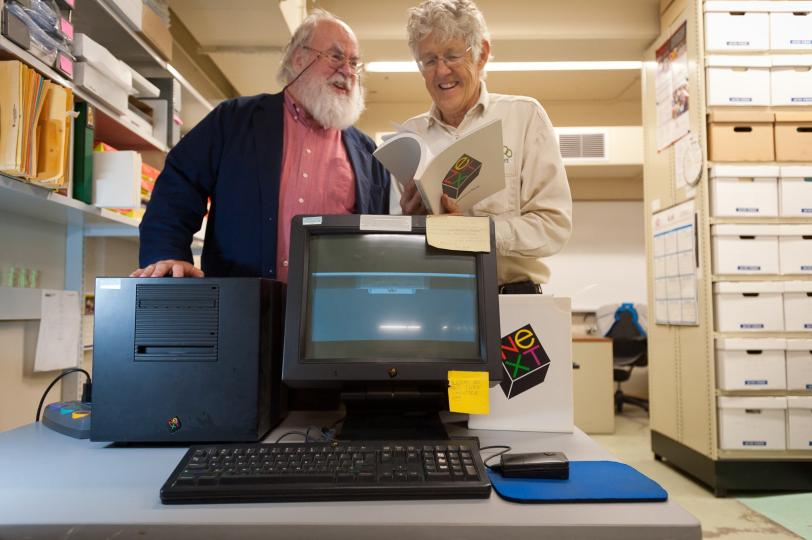
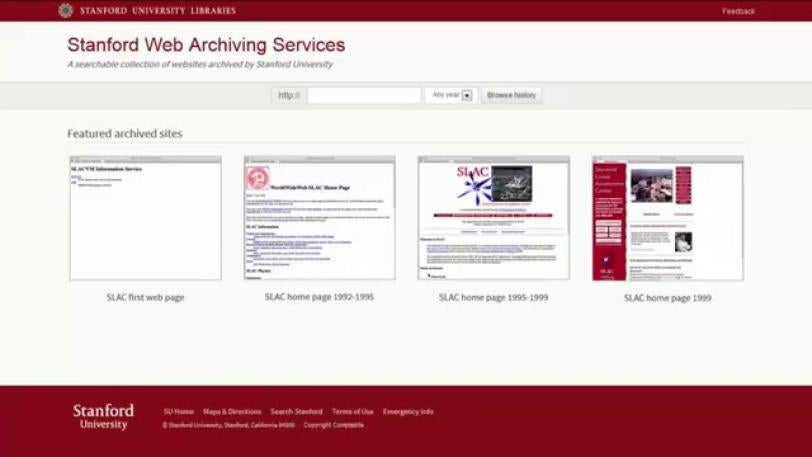
SLAC Earliest Websites in Stanford Wayback
A brief tour of SLAC's earliest websites as represented in Stanford Wayback.
